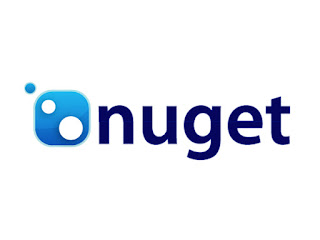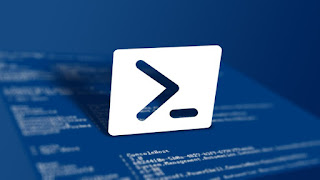Internationalizing Flutter apps
localization in Flutter apps:
Hi friends, today I implement localization in flutter,
A few resources to get you started if this is your first Flutter project:
Lab: Write your first Flutter app
Cookbook: Useful Flutter samples
Flutter's default language is English, To add or support other languages, we must specify additional MaterialApp properties, and also include packages "flutter_localizations" and "easy_localization: ^2.1.0+2 ", currently this package supports 77 languages.
It will create a brand new project with some files in current directory.
A few resources to get you started if this is your first Flutter project:
Lab: Write your first Flutter app
Cookbook: Useful Flutter samples
Flutter's default language is English, To add or support other languages, we must specify additional MaterialApp properties, and also include packages "flutter_localizations" and "easy_localization: ^2.1.0+2 ", currently this package supports 77 languages.
1. Create a project:
Enter the command in terminal
flutter create localization
It will create a brand new project with some files in current directory.
2. Add Dependencies:
Add the packages as a dependency to your pubspec.yaml file: dependencies:
flutter:
sdk: flutter
flutter_localizations:
sdk: flutter
easy_localization: ^2.1.0+2
3. Import library:
import 'dart:developer';
import 'dart:ui';
import 'package:flutter_localizations/flutter_localizations.dart';
import 'package:easy_localization/easy_localization.dart';
4. Add Language files in json format:
In this example i am using 7 languages,
Create a assets folder and add json file with naming format as {languageCode-languageId}.json
English en-US.json files contains key-value pairs, similarly you can add for other languages with there respective translations.
{
"title": "Welcome to flutter localization",
"content": "Build Smart UI",
"pushTimes":"You have pushed the button this many times"
}
you can find the Locale.languageCodes here
5. Modify Main() method:
Add EasyLocalization class to the main method which contains arguments as child, supportLocales and path.
void main() => runApp(EasyLocalization(
child: MyApp(),
supportedLocales: [
Locale('en', 'US'),
Locale('ar', 'DZ'),
Locale('de', 'DE'),
Locale('ru', 'RU'),
Locale('zh', 'HK'),
Locale('te', 'TE'),
Locale('hi', 'HI')
],
path: 'assets',
));
6. Update the MyApp Class and Material App widget:
class MyApp extends StatelessWidget {
// This widget is the root of your application.
@override
Widget build(BuildContext context) {
log(EasyLocalization.of(context).locale.toString(),
name: '${this} # locale');
log('title'.tr().toString(), name: '${this} # locale');
return MaterialApp(
title: 'title'.tr(),
localizationsDelegates: [
GlobalMaterialLocalizations.delegate,
GlobalWidgetsLocalizations.delegate,
EasyLocalization.of(context).delegate,
],
supportedLocales: EasyLocalization.of(context).supportedLocales,
locale: EasyLocalization.of(context).locale,
theme: ThemeData(
primarySwatch: Colors.purple,
),
home: MyHomePage(title: 'Easy localization'),
);
}
}
localizationsDelegates list are factories that produce collections of localized values.
GlobalMaterialLocalizations.delegate provides localized strings and other values for the Material Components library.
GlobalWidgetsLocalizations.delegate defines the default text direction, either left-to-right or right-to-left, for the widgets library.
7. Modify the _MyHomePageState class:
class _MyHomePageState extends State<MyHomePage> {
int _counter = 0;
void _incrementCounter() {
setState(() {
_counter++;
});
}
@override
Widget build(BuildContext context) {
return Scaffold(
appBar: AppBar(
title: Text('title').tr(),
actions: <Widget>[
FlatButton(
child: Icon(Icons.language, color: Colors.white,),
onPressed: () {
Navigator.push(
context,
MaterialPageRoute(builder: (_) => LanguageView()),
);
},
),
],
),
body: Center(
child: Column(
mainAxisAlignment: MainAxisAlignment.center,
children: <Widget>[
Text('content', style: TextStyle(
fontWeight: FontWeight.bold,
fontSize: 20
),).tr(),
Text('pushTimes').tr(),
Text(
'$_counter',
style: Theme.of(context).textTheme.display1,
),
],
),
),
floatingActionButton: FloatingActionButton(
onPressed: _incrementCounter,
tooltip: 'Increment',
child: Icon(Icons.add),
),
);
}
}
7. Adding LanguageView screen:
Iam adding LanguageView screen to change App language manuallyit is a simple UI with ListTile widget.
8. UI screen:
9. Conclusion:
I hope this article will saves your time in adding localization to your flutter app.you can find the source code from my GitHub repository here
Thank You.







Comments
Post a Comment